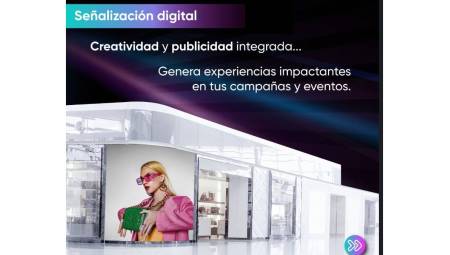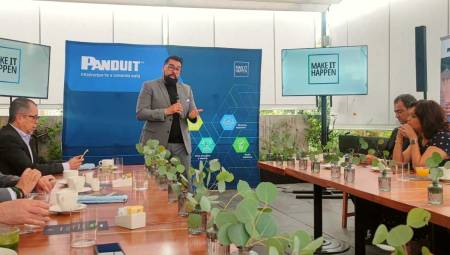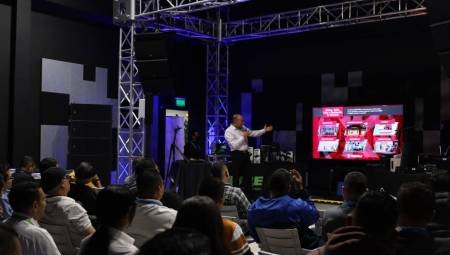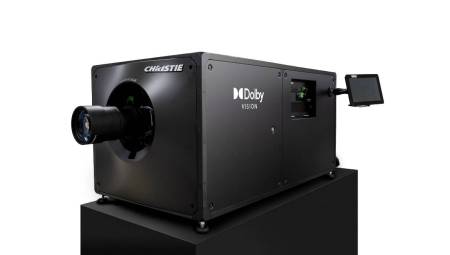 Latin America. In a hyper-connected world, where physical and online commerce coexist, today's consumers have more choice and flexibility in how they inform themselves between available channels and make purchasing decisions.
Latin America. In a hyper-connected world, where physical and online commerce coexist, today's consumers have more choice and flexibility in how they inform themselves between available channels and make purchasing decisions.
This integrated environment presents retailers with great challenges, but also opportunities to establish new omnichannel business strategies to deliver excellent customer experiences based on their current high expectations.
Unified Commerce: Digital Technology for the Consumer Experience
The principle on which the concept of "Unified Commerce" is based is simple: the art of making shopping as easy and attractive as possible for new consumers. To achieve this, companies in the sector must adopt a strategy that brings together consumers and retailers' connectivity. For Fujitsu, it means harnessing the power of technology, end-to-end, so users can visualize what's on offer wherever they are and whenever they want, across all channels (physical and digital); deliver a relevant and engaging experience all the time and make totally convenient purchases.
The habits of today's consumers are characterized by short attention spans and a lot of comparison for the best possible price: they apply hyper-speed. Every smartphone is an information portal and more than a third of consumers use them regularly to compare prices before leaving home to head towards stores. (1). Therefore, a "mobile first" strategy is important for all companies in the sector. It's part of what a consistent, end-to-end experience that spans physical and digital channels should be to harness the power of technology. It's also the best way to collect and analyze valuable data to find more ways to increase sales as well as customer engagement.
A recent report from the Pew Research Center showed that 64% of U.S. users prefer to buy what they want in physical stores. But the price can attract them to buy online: 65% say they always compare prices between online and in-store outlets before making a purchase. (2)
Based on this data, Fujitsu is working with a wide range of companies in the retail sector to create digital transformation strategies in which state-of-the-art technologies are integrated, but with a focus on the most important element in the retail equation: the buyer.
In this way to take advantage of both worlds (digital and physical), Fujitsu co-creates with companies a structure that has five pillars:
• The right storage systems
• The best ecommerce platform
• Inventory and supply chain systems that deliver goods
• Business intelligence and analytics that generate valuable insights
• Dynamic sales and marketing solutions
At Fujitsu, we also accompany companies to take full advantage of automation, from process efficiency to IoT solutions that automate the retail environment (front end and back end) and even decision engines that take full advantage of Artificial Intelligence in real time.
In short, the technology to make every experience count through any device, as well as in person, is now available. Combining the two worlds to create a unified approach is vital. Harry Gordon Selfridge, founder of Selfridge's in London, put it correctly when he said: "The memory of the quality of service in a purchase remains in the mind of the customer long after the price is forgotten" (5).
Text written by Cristina Magdalena, Head of Digital Strategy & Transformation at Fujitsu.















